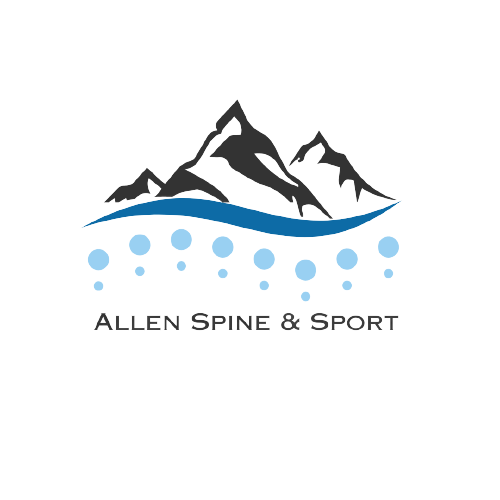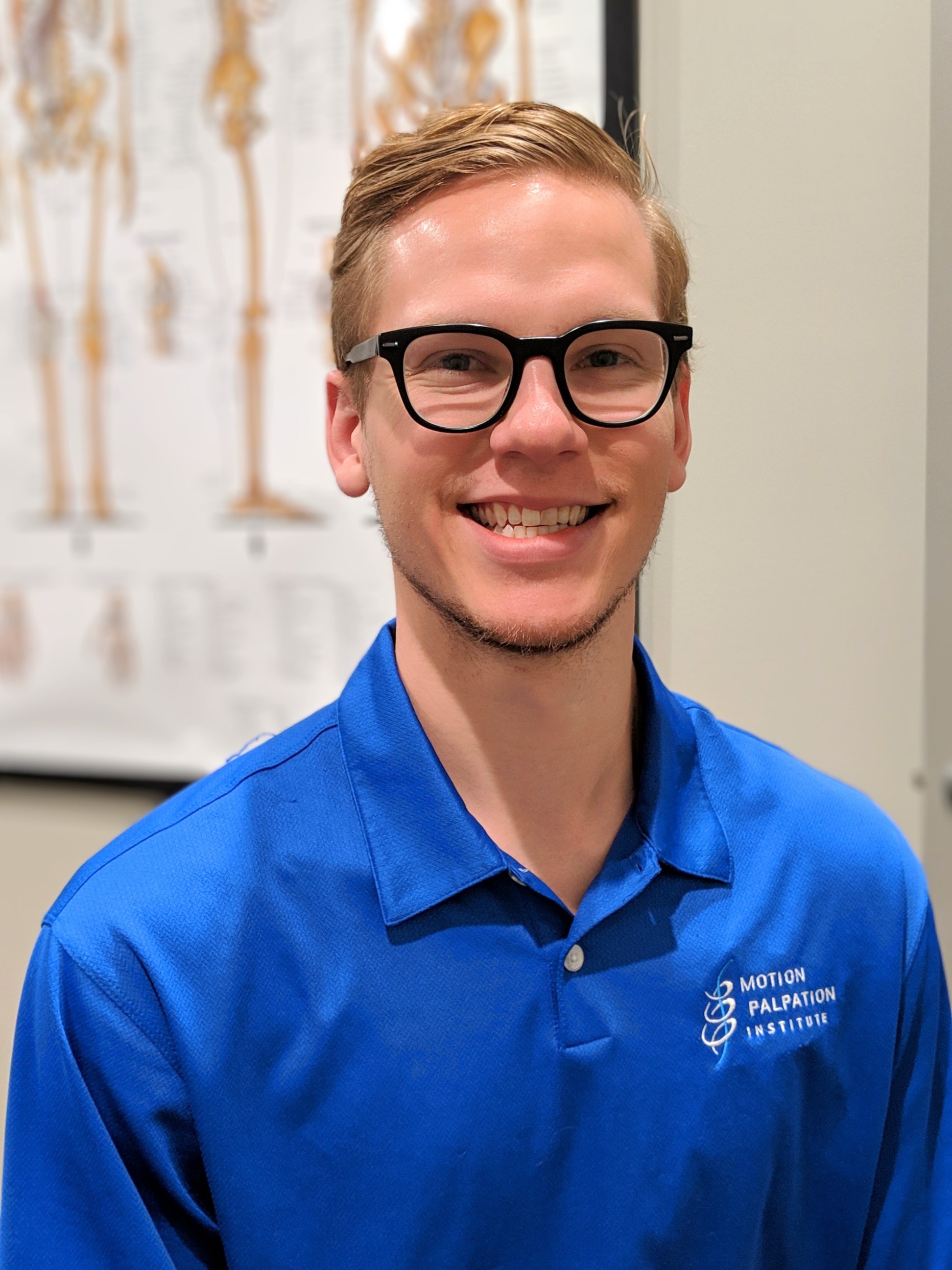Back Pain After a Fall
Have you recently been involved in a falling injury and now have back pain? Here are some common causes of back pain after a fall and what steps to take to be properly diagnosed and treated if necessary.
Low Back Pain
I will explain each diagnosis, but 97% of all low back pain is classified as being discogenic, apophyseal joint pain, non-specific pain, sacroiliac joint pain, fracture, spinal stenosis or as a result of severe scoliosis. Included in these classifications but only at a percentage of 0.04% is cauda equina syndrome, which is an emergent condition and will be discussed with due diligence below.
1. Intervertebral discs (IVD’s)
a. In between each of your vertebrae, there is a jelly-like substance called an intervertebral disc (IVD). Sometimes, in the case of an injury, prolonged posture or another biomechanical dysfunction, our IVD’s can move or become inflamed and cause pain. There is a difference between a disc bulge and a disc herniation, in fact there’s a broad range of disc injuries. None of which should be considered a life-long sentence for pain or dysfunction. People tend to become terrified of the diagnosis or disc herniation, disc herniation or degenerative disc disease and that should not be the case. A disc bulge is simply when the center of the IVD moves backwards (most commonly) but doesn’t rupture through the outer ring (annulus fibrosis). This movement creates inflammation in the area, which can result in pain in the back and potentially into the leg. A disc herniation is when the IVD ruptures through the outer ring but doesn’t necessarily break off into the spinal canal. Just to further clarify, just because you have a disc herniation does not mean you need an MRI or surgery.
What you need is a thorough examination to determine what the next best step in your care should be. That’s the cool thing about seeing a chiropractor. We thoroughly examine each patient, performing a sequence of different tests and also feeling around the area, to functionally triage, which means determining whether a trial of chiropractic care is the best bet or if a referral to another healthcare professional is warranted.
2. Spinal Stenosis
a. Spinal stenosis refers to a narrowing of the spinal canal where the spinal cord and nerve roots are located. There are certain things that can predispose to spinal stenosis such as prolonged poor posture and repetitive injury, but this is a degenerative process that takes time to develop and doesn’t usually present until after age 60. To further explain the process, your spinal cord and nerve roots are located inside and protected by the vertebral column in a region called the spinal canal. There are several structures that can either enlarge or degenerate, enclosing the space and increasing pressure on the spinal cord and its nerve roots.
b. The goals with spinal stenosis are to increase mobility in the upper and mid-back and hips, and also to find the patient a repetitive movement or exercise (called a directional preference) that they can do throughout their day to manage their symptoms and improve their everyday function.
3. Facets (bony articulations):
The facets of your low back are the bony articulations on the backside that allow for and control the movements of bending and twisting. They are protected by capsular ligaments, which are densely packed with receptors that perceive those movements and are also highly innervated. As the facets are highly innervated, they can be a significant source of pain and dysfunction in certain patients with certain presentations.
4. Muscles, ligaments or tendons
a. The spine has many ligaments, tendons, muscle and fascia. Dysfunction or injury to these structures are recognized sources of low back pain. The best way to determine that these structures are the underlying cause is through palpation of the area by a professional such as a chiropractor.
5. Sacroiliac Joint
The sacroiliac joint (SI joint) is a joint that consists of the sacrum and the ilium. The sacrum is the one of the base bones of the spine (just before the tailbone) and the ilium is the part of the pelvis that you can feel when you put your hands on your hips. Like the previous diagnoses the SI joint has a specific set of tests for determining dysfunction.
6. Hip Referral
a. Hip and pelvic pain may also mimic a low back pain complaint. These sources should be considered after ruling out the previous diagnoses and according to another specific set of characteristics. Disease or dysfunction of the hip joint may refer to the spine, particularly the low back area. One hip diagnosis that can refer pain to the lower back is greater trochanteric pain syndrome, which is characterized by pain at bony part of the outer hip. This greater trochanteric pain syndrome can actually produce pain in the low back and all the way down the leg to the foot. With that said, radiating pain down your leg can several causes and should not just be labeled “sciatica” without a thorough exam and education process.
b. The last hip disorder that may refer to the lower back is muscular pain from trigger points and tightness in the deep muscles of the glutes and hips. These muscles include the gluteus maximus, gluteus medius, gluteus minimus, piriformis and the upper part of the hamstrings, among others. These muscles likely wwould be tender to the touch. Its important to be evaluated by a professional that specializes in palpating the muscles, joints, etc. such as a chiropractor to determine what structures are the underlying cause.
7. Fracture
a. A vertebral fracture may also be the cause of low back pain, especially after a fall or significant injury. This cause should be considered with a patient over 70 years old, with significant trauma and/or with long-term corticosteroid use. Over 70 years old, the prevalence of osteoporosis increases especially in women. With osteoporosis, bones become less dense and more fragile, therefore predisposing to a fracture. With long-term corticosteroid use a process called avascular necrosis occurs in the bones, which also weakens the bones and increases the risk for fracture.
8. Severe Scoliosis
Spinal scoliosis refers to abnormal curvatures in the spine of at least 10 degrees. These large curvatures can create abnormal stresses on structures like the vertebra, intervertebral discs, muscles, joints, ligaments, tendons and even internal organs. Pain often results in one way or another with scoliosis, but it should be noted that scoliosis is not a life-long sentence for pain or dysfunction and there are things we can do to improve the function even if we can’t reduce the curvatures. Additionally, there is a better chance of improving the curves at younger ages, so the earlier scoliosis is diagnosed and treated the better.
9. Rare but important to rule out
a. Some less common diagnoses that are important to rule out include cauda equina syndrome, tumor, infection or a visceral disease of the kidney, gallbladder, appendix, bladder, pancreas or genitals. These emergent disorders stress the importance of seeing a professional for a proper history, examination, diagnosis and triage.
Upper or Mid-Back Pain
1. Rib Sprain/Strain
a. In the presence of the upper or mid-back pain after a fall or injury, the most likely cause would be from dysfunction of one or more of the ribs. The ribs have many different attachments and structures that surround those attachments to the thoracic spine and to the sternum (breastbone). Falling or even sleeping in a bad position can strain, sprain or damage any of these structures and can cause significant pain. The most painful movement with rib dysfunction are typically taking a deep breath in and quick twisting movements of the mid-back. Ligaments and cartilage take longer to heal because they have less blood supply and nerve supply. Muscular strain around the ribs have generally a great prognosis and require manual therapy, joint manipulation and some rehabilitative or stabilization exercises.
2. Fracture
a. Fracture of the thoracic spine has the same presentations and characteristics as fracture of the lumbar spine as discussed earlier. Fracture should be considered after a significant trauma, over age 70 or with long-term corticosteroid use.
3. Rare but important to rule out
a. Some less common diagnoses that are important to rule out include heart attack, tumor, infection or a visceral disease of the kidney, gallbladder, appendix or pancreas. As with the lower back, these emergent disorders stress the importance of seeing a professional for a proper history, examination, diagnosis and triage.
Dr. Forrest Allen is a sports chiropractor and co-owner at Allen Spine and Sport. He has a passion for integrating spinal and extremity joint manipulation, manual therapies like dry needling, fascial manipulation, etc., and rehabilitative exercises founded in Dynamic Neuromuscular Stabilization (DNS). Visit our website and give our office a call!
References
1. What low back pain is and why we need to pay attention. Hartvigsen J, Hancock MJ, Kongsted A, Louw Q, Ferreira ML, Genevay S, Hoy D, Karppinen J, Pransky G, Sieper J, Smeets RJ, Underwood M; Lancet Low Back Pain Series Working Group. Lancet. 2018 Jun 9;391.
2. What diagnostic tests are useful for low back pain? Lurie JD. Best Pract Res Clin Rheumatol. 2005 Aug;19(4):557-75.
3. Clinical classification in low back pain: best-evidence diagnostic rules based on systematic reviews. Petersen T, Laslett M, Juhl C. BMC Musculoskelet Disord. 2017 May 12;18(1):188.
4. Does a Diagnostic Classification Algorithm Help to Predict the Course of Low Back Pain? A Study of Danish Chiropractic Patients With One-Year Follow Up. Hartvigsen L, Kongsted A, Vach W, Salmi LR, Hestbaek L. J Orthop Sports Phys Ther. 2018 May 8:1-35.
5. On the definitions and physiology of back pain, referred pain, and radicular pain. Bogduk N. Pain. 2009 Dec 15;147(1-3):17-9.
6. Capacity of the clinical picture to characterize low back pain relieved by facet joint anesthesia. Proposed criteria to identify patients with painful facet joints. Revel M, Poiraudeau S, Auleley GR, Payan C, Denke A, Nguyen M, Chevrot A, Fermanian J. Spine (Phila Pa 1976). 1998 Sep 15;23(18):1972-6; discussion 1977.
7. Clinical classification criteria for radicular pain caused by lumbar disc herniation: the radicular pain caused by disc herniation (RAPIDH) criteria. Genevay S, Courvoisier DS, Konstantinou K, Kovacs FM, Marty M, Rainville J, Norberg M, Kaux JF, Cha TD, Katz JN, Atlas SJ. Spine J. 2017 Oct;17(10):1464-1471.
8. Clinical diagnostic model for sciatica developed in primary care patients with low back-related leg pain. Stynes S, Konstantinou K, Ogollah R, Hay EM, Dunn KM. PLoS One. 2018 Apr 5;13(4).
9. Clinical classification criteria for neurogenic claudication caused by lumbar spinal stenosis. The N-CLASS criteria. Genevay S, Courvoisier DS, Konstantinou K, Kovacs FM, Marty M, Rainville J, Norberg M, Kaux JF, Cha TD, Katz JN, Atlas SJ. Spine J. 2018 Jun;18(6):941-947.
10. The clinical value of a cluster of patient history and observational findings as a diagnostic support tool for lumbar spine stenosis. Cook C, Brown C, Michael K, Isaacs R, Howes C, Richardson W, Roman M, Hegedus E. Physiother Res Int. 2011 Sep;16(3):170-8.
11. Posterior, Lateral, and Anterior Hip Pain Due to Musculoskeletal Origin: A Narrative Literature Review of History, Physical Examination, and Diagnostic Imaging. Battaglia PJ, D'Angelo K, Kettner NW. J Chiropr Med. 2016 Dec;15(4):281-293.






